Section 1: Yttrium Aluminum Garnet (YAG)
Yttrium Aluminum Garnet (YAG) is a synthetic crystalline material that is commonly used as a medium for solid-state lasers. As a gain medium, it exhibits several characteristics that make it suitable for high-energy laser amplifiers.
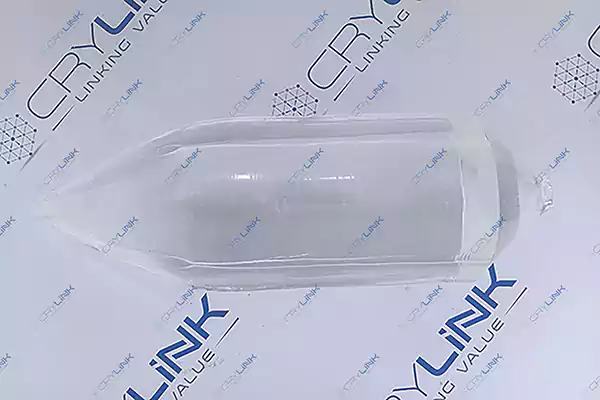
1.1 Emission Wavelength
The dominant emission line of YAG lies in the near-infrared region at 1064 nm, which is an optimal range for many laser applications due to low absorption by the atmosphere and materials.
1.2 Absorption and Emission Cross-Sections
YAG crystals have low absorption and emission cross-sections, necessitating high pump power to achieve population inversion and high gain. However, this trait allows for long energy storage times, enabling high-energy pulse generation.
1.3 Energy Storage Capabilities
Undoped YAG crystals exhibit broad absorption bands, which allow efficient absorption of flashlamp light and storage of significant energy, an essential feature for high-energy pulsed lasers.
1.4 Thermal Management
YAG crystals also have excellent thermal, mechanical, and chemical stability, along with a high thermal conductivity. These features allow effective heat dissipation during high power operation, reducing thermal lensing and other thermal effects that can degrade laser performance.
1.5 Impact on Laser Performance and Output Energy
Given its unique properties, YAG serves as an excellent gain medium for high-energy, high-power lasers. However, it may not be the optimal choice for systems that require high gain with low pump power or those that operate outside its emission wavelength range.
Section 2: Ytterbium-Doped YAG (Yb:YAG)
Yb:YAG, a YAG crystal doped with ytterbium ions, offers certain advantages over undoped YAG and is often used in high-energy laser amplifiers.
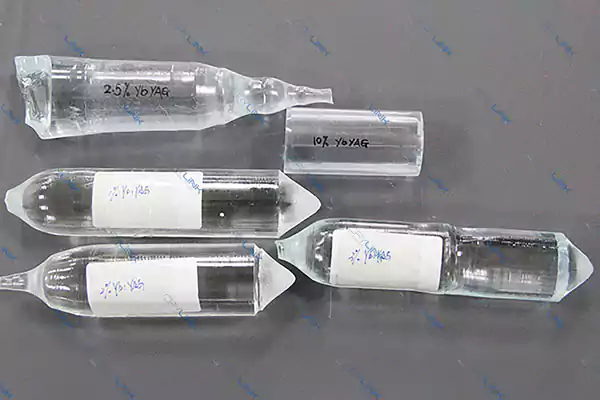
2.1 Emission Wavelength
Yb:YAG lasers operate at a wavelength of about 1030 nm. This wavelength is close to the peak absorption of Nd:YAG, thus making Yb:YAG a good candidate for tandem pumping of Nd:YAG amplifiers.
2.2 Absorption and Emission Cross-Sections
Yb:YAG has large absorption and emission cross-sections, leading to higher gain for a given pump power compared to undoped YAG. However, this results in shorter energy storage times, which may limit its suitability for certain pulsed applications.
2.3 Energy Storage Capabilities
While Yb:YAG’s energy storage time is lower than that of undoped YAG, it still provides sufficient energy storage for many high-power applications. Yb:YAG also has the benefit of a simpler energy level structure than Nd:YAG, which reduces the possibility of deleterious effects such as concentration quenching.
2.4 Thermal Management
Like undoped YAG, Yb:YAG has excellent thermal and mechanical properties, including high thermal conductivity. This makes it well suited to high-power continuous-wave (CW) operation where heat management is a significant challenge.
2.5 Impact on Laser Performance and Output Energy
Given its properties, Yb:YAG is often used in high-power laser systems, particularly those that require high gain with lower pump power. However, its shorter energy storage time may limit its usefulness in pulsed systems compared to other media such as undoped YAG or Nd:Glass.
Section 3: Neodymium-Doped Glass (Nd:Glass)
Nd:Glass is another widely used gain medium in high-energy laser amplifiers. Its unique characteristics lend it to applications distinct from those of YAG and Yb:YAG.
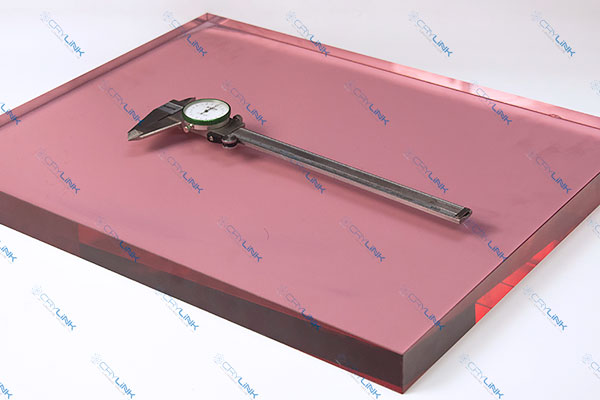
3.1 Emission Wavelength
The primary emission wavelength for Nd:Glass lasers is around 1054 nm, which is close to that of YAG and Yb:YAG. This makes it compatible with many of the same applications and systems.
3.2 Absorption and Emission Cross-Sections
Nd:Glass has smaller absorption and emission cross-sections compared to YAG and Yb:YAG. This translates to lower gain per unit pump power, but it allows for longer energy storage times, making it suitable for certain high-energy pulsed applications.
3.3 Energy Storage Capabilities
Due to its broad absorption and emission spectra, Nd:Glass can store significant amounts of energy, leading to its frequent use in high-energy, pulsed laser systems.
3.4 Thermal Management
Compared to YAG and Yb:YAG, Nd:Glass has a lower thermal conductivity. This makes thermal management more challenging during high-power operation, but the pulsed nature of many Nd:Glass laser systems helps mitigate these effects.
3.5 Impact on Laser Performance and Output Energy
Given its energy storage capabilities, Nd:Glass is often used in systems that require high-energy output, particularly in pulsed operation. However, the lower gain and thermal conductivity may make it less suited to continuous-wave operation or applications that require high gain with lower pump power.
Section 4: Titanium Sapphire (Ti:Sapphire)
Ti:Sapphire is renowned for its broad emission wavelength range and high thermal conductivity, making it a versatile gain medium for high-energy laser amplifiers.
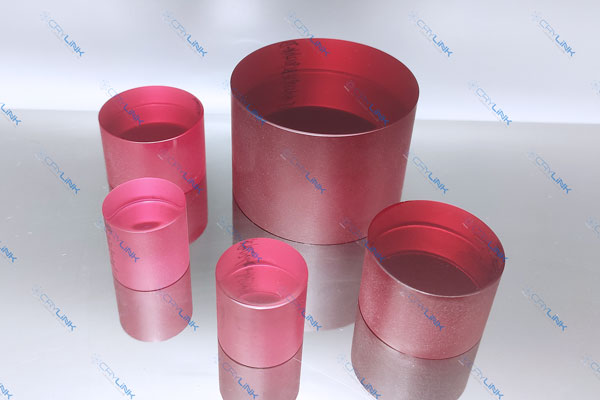
4.1 Emission Wavelength
Ti:Sapphire’s most distinctive feature is its ultra-broadband emission spectrum, which ranges from about 660 to 1050 nm. This allows for tunable laser output and the generation of ultra-short laser pulses, making it ideal for numerous applications in spectroscopy, microscopy, and more.
4.2 Absorption and Emission Cross-Sections
The absorption and emission cross-sections of Ti:Sapphire are sizeable, leading to relatively high gain per unit pump power, although not as high as in some other gain medium.
4.3 Energy Storage Capabilities
The energy storage time of Ti:Sapphire is relatively short, meaning it’s less suited to high-energy pulsed operation than media like Nd:Glass. However, its broad emission spectrum provides unique capabilities for ultrafast pulse generation.
4.4 Thermal Management
Ti:Sapphire has excellent thermal properties, with a high thermal conductivity that aids in managing heat during high-power operation. However, due to the high pump powers often used, thermal management can still be challenging.
4.5 Impact on Laser Performance and Output Energy
Given its unique attributes, Ti:Sapphire is widely used in ultrafast and tunable lasers. Its ability to produce broad bandwidths and short pulses makes it a valuable resource in the scientific and industrial sectors. However, its high cost and demanding pump requirements may restrict its use in some applications.
Section 5: Comparison
This section presents a comparative analysis of the four gain medium—YAG, Yb:YAG, Nd:Glass, and Ti:Sapphire—based on their key properties and implications for high-energy laser amplifiers.
5.1 Emission Wavelength
All four media emit light in the near-infrared region, which is ideal for many laser applications. Ti:Sapphire stands out for its ultra-broadband emission spectrum, offering tunable output and ultrafast pulse generation capabilities.
5.2 Absorption and Emission Cross-Sections
Yb:YAG exhibits the highest gain per unit pump power due to its large absorption and emission cross-sections. However, this leads to shorter energy storage times compared to YAG and Nd:Glass.
5.3 Energy Storage Capabilities
Nd:Glass offers superior energy storage capabilities due to its broad absorption and emission spectra, making it well-suited for high-energy, pulsed applications. Conversely, Ti:Sapphire’s short energy storage time makes it less ideal for such applications but enables the generation of ultra-short pulses.
5.4 Thermal Management
YAG and Yb:YAG, with their excellent thermal conductivity, stand out in continuous-wave operation scenarios requiring effective heat management. Nd:Glass, with lower thermal conductivity, is more suited to pulsed operation, while Ti:Sapphire’s thermal properties sit between these extremes.
5.5 Impact on Laser Performance and Output Energy
The choice of gain medium significantly influences laser performance and output energy. YAG and Yb:YAG are generally well-suited to high-power applications, with Yb:YAG offering high gain for lower pump power. Nd:Glass is ideal for high-energy pulsed applications due to its superior energy storage. Finally, Ti:Sapphire’s tunability and ultrafast pulse generation capabilities make it invaluable for many scientific and industrial applications, despite its higher cost and demanding pump requirements.
In conclusion, each gain medium has unique strengths and potential drawbacks, and the best choice will depend on the specific requirements of the laser system in question.
Section 6: Conclusion
High-energy laser amplifiers employ different gain medium, each offering unique characteristics and opportunities for various applications. This comparative study has explored four primary gain medium: YAG, Yb:YAG, Nd:Glass, and Ti:Sapphire.
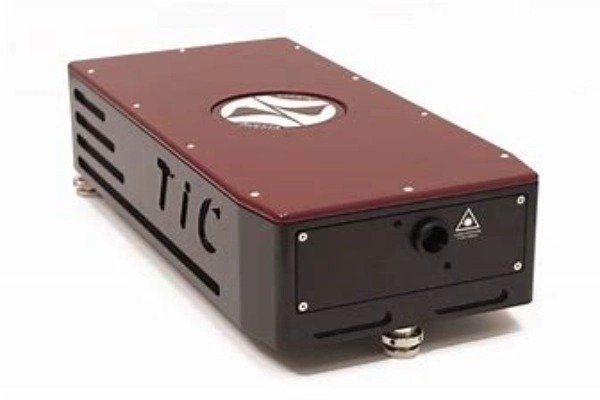
Each medium provides distinct advantages. YAG’s low absorption and emission cross-sections allow for long energy storage times, ideal for high-energy pulse generation. Yb:YAG offers higher gain for a given pump power, lending itself to high-power laser systems. Nd:Glass, with its superior energy storage capabilities, is well-suited for high-energy, pulsed laser systems. Lastly, Ti:Sapphire stands out with its ultra-broadband emission spectrum, enabling tunable output and ultra-short pulse generation.
However, every medium comes with its own challenges. These include thermal management issues, shorter energy storage times, and in some cases, higher costs and pump requirements. As such, the choice of the gain medium must align with the laser system’s operational requirements and constraints.
As advancements in material science and laser technologies continue, the landscape of gain medium for high-energy laser amplifiers may evolve. The introduction of new dopants, the development of novel materials, or breakthroughs in fabrication and cooling techniques could potentially enhance the performance and efficiency of laser systems. As researchers and engineers in the field, we should stay updated and be prepared to leverage these advancements to unleash the full power of lasers.
This exploration represents a mere snapshot of a rapidly advancing field. We invite readers to delve deeper into the characteristics of each medium, alongside keeping up with the latest research developments, to unlock new avenues in the vast and exciting world of high-energy lasers.
In closing, the pursuit of more effective and efficient high-energy laser amplifiers continues, and the journey promises to be as enlightening as the lasers we study.

Frank
Frank graduated from the University of Shanghai for Science and Technology, majoring in optics. As a technical engineer at Crylink Company, he deeply understands crystal materials and laser components.
Related Video(s) with this Article
Related Product(s) with this Article
Related Application(s) with this Article



